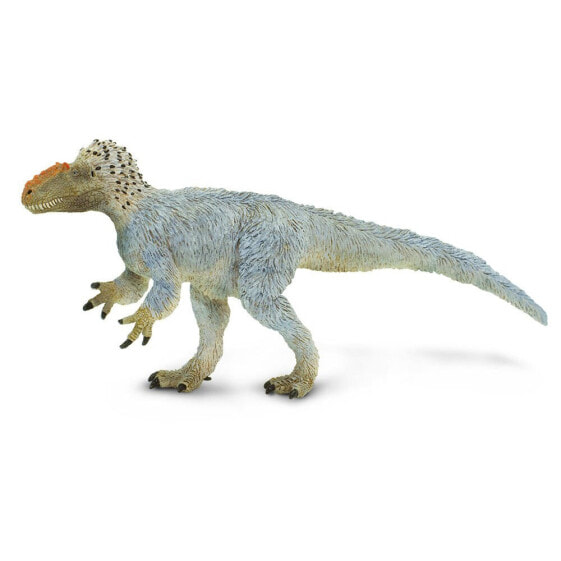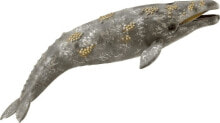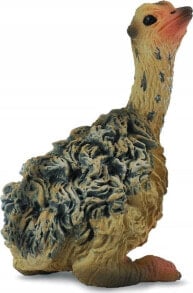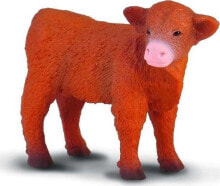SAFARI LTD Yutyrannus Figure Beige / Light Grey, From 3 Years
Bestseller
- Product Code:
- 108260342
59 GEL
Properties
Design
- Color
- Beige / Light Grey
Features
- Size
- From 3 Years
Other features
- Brand
- Safari Ltd.
Description
Three specimens of Yutyrannus huali are known, including an almost complete articulated skeleton of an adult. They were acquired from a fossil dealer who collected them from a single quarry in Liaoning Province, China. This important material was described and named in 2012. The name Yutyrannus stems from ‘yu’, the Mandarin word for feathers, and ‘tyrannus’, the Latin for tyrant. This name reflects the presence of feathers preserved alongside the bones, and the close kinship of Yutyrannus to other tyrannosaurs. The species name comes from ‘huali’, which means ‘beautiful’ in Mandarin – a reference to its striking plumage.
The feathers in Yutyrannus were filamentous, so it probably looked shaggy in life as it prowled around China hunting for prey. Yutyrannus is classified as an early tyrannosaur and was one of the first truly large examples of this group. It proves that at least some giant tyrannosaurs had feathers, and suggests that later tyrannosaurs, including T. rex, might also have had feathers. However, fossil impressions of scaly skin in later tyrannosaurs indicates that they were at least partly scaly. Perhaps later tyrannosaurs were only partly feathered or lost their plumage entirely. Alternatively, the feathers in Yutyrannus may have been a special adaptation to help it keep warm in the relatively cold climate in the Liaoning area of China at the time.
Since Yutyrannus is known from adults and juveniles it was possible to study how it grew. Notably, the skull became deeper and more robust as the animal got older. Yutyrannus is known from a single species, Y. huali, which lived in China during the early Cretaceous, 125 million years ago. It was the largest predator in the ecosystem and used its sharp teeth and claws to subdue and devour prey.
The discovery of Yutyrannus changed how paleontologists thought about large tyrannosaurs. Feathers in this carnivorous relative of T. rex suggested that other large tyrannosaurs may have had them, too. Yutyrannus hunted during the early Cretaceous in China, around 125 million years ago, and was the top predator in its environment.
Feature:
- Scientific Name: Yutyrannus huali
- Characteristics: Yutyrannus was a two-legged carnivore with short arms and a large head. It had sharp curved teeth, a low crest running along the top of its skull, and a long counterbalancing tail. It had large hands with three fingers and large claws. Its body was covered with shaggy filamentous feathers. It grew up to 30 feet long, the size of a minibus.
Specifications:
- Dimensions: 20 L x 7.25 H
- Dimensions: 7.87 L x 2.85 H
























